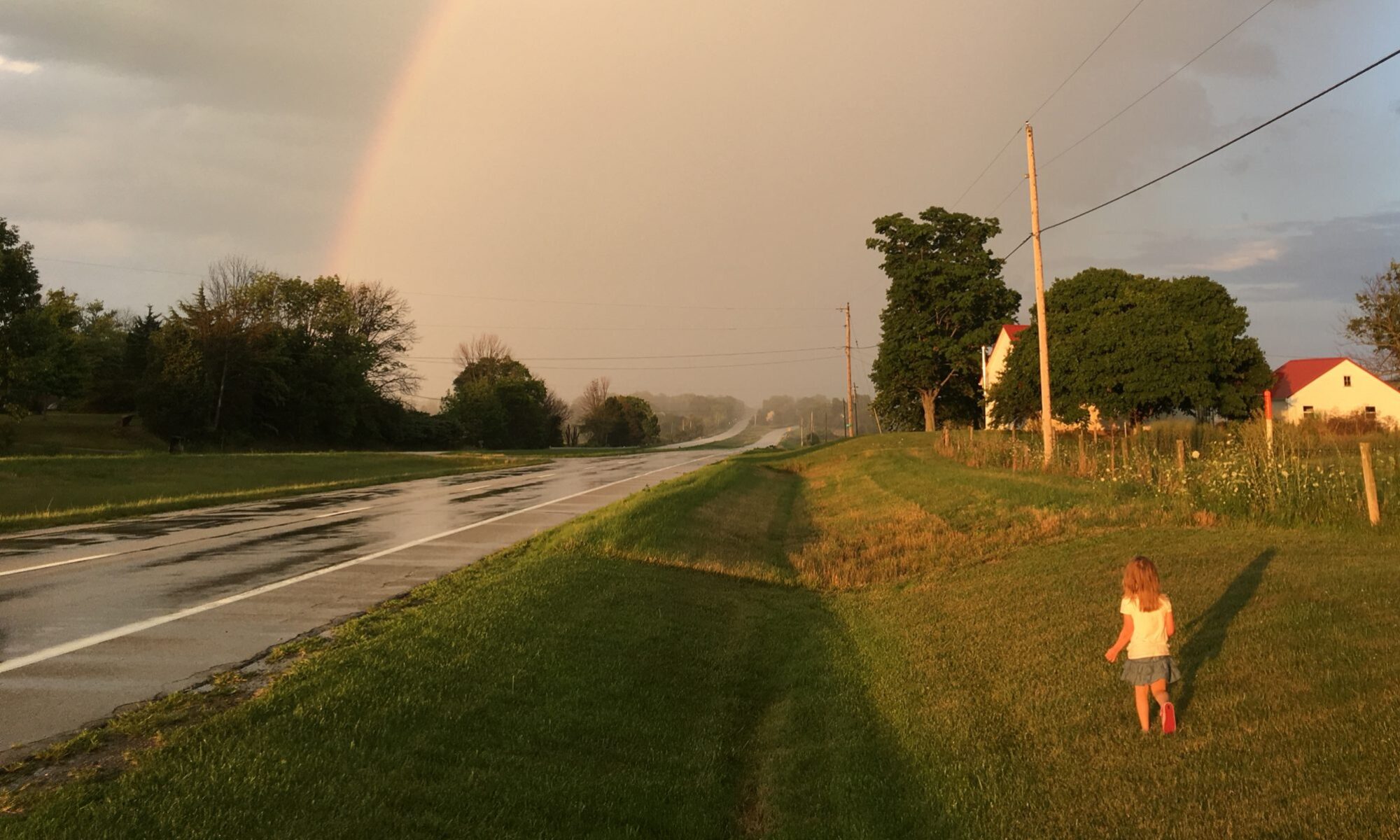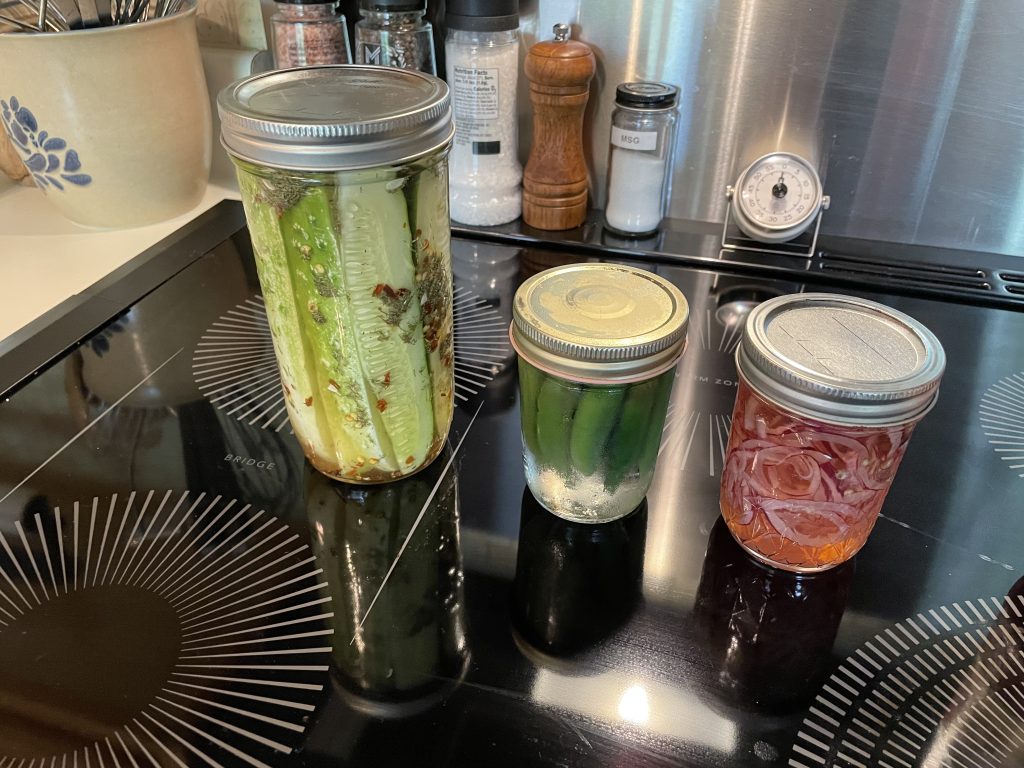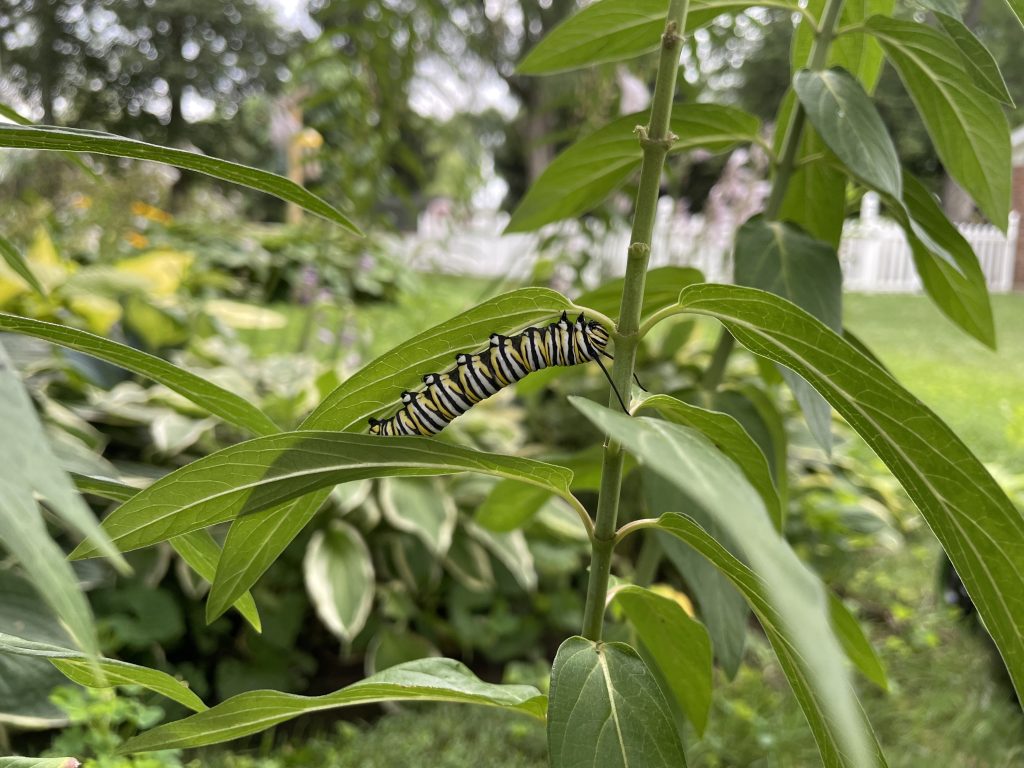Musa basjoo, to be specific.

These things are cool, and they’ve been appearing with more frequency in the area. Maybe some sneaky horticulturists are embarking on a suburban gardening campaign to introduce more exotic species, or maybe climate change is simply expanding the range of some previously incompatible species to the USDA zone. Whatever the reasoning, I decided to give this guy a go last year.
Supposedly they can survive as perennials down to zone 5, so here in zone 6a/b it would normally be a tad too chilly. But, I used strategery in my micro-climate. I planted it in the hottest part of the yard: against the concrete driveway and asphalt road, above the heated oil pipeline. The ground never freezes very deep there. It was an experiment I kept from my sister, knowing that she’d tell me I was gardening wrong and it wouldn’t survive.
But lo! Here it is on year two! And with the constant rain, it’s very happy with the temporal climate facsimile of its native habitat.
Supposedly they bloom, but I don’t know if the season is long enough here. Still, it’s cool.
–Simon




